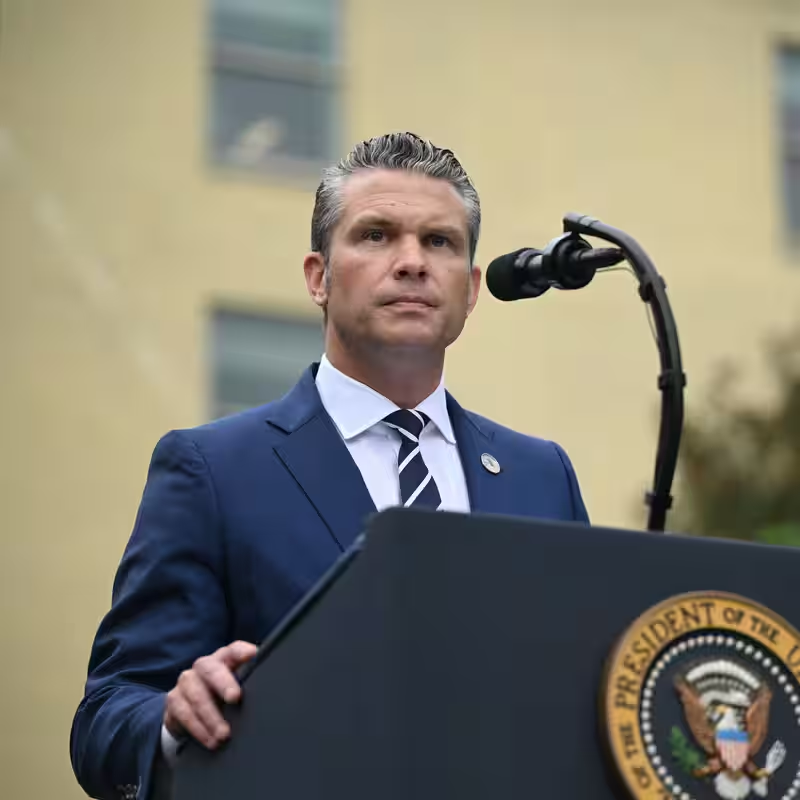Table of Contents
- Latest Boat Strikes: What Happened?
- Hegseth’s Justification and Rhetoric
- Expanding U.S. Military Presence in Latin America
- Is the Campaign Legal?
- Sources
Latest Boat Strikes: What Happened?
In its latest escalation of a controversial military campaign against drug trafficking, the U.S. military killed 14 people accused of smuggling narcotics aboard four boats in international waters, according to Defense Secretary Pete Hegseth.
The strikes—three separate operations conducted on Monday—occurred in the eastern Pacific Ocean, near the coasts of Mexico and Guatemala. Only one individual survived the attacks and was recovered by Mexican search-and-rescue teams, officials said.
This brings the total death toll from the Trump administration’s boat strike campaign to 57 since it began in September 2025.
Hegseth’s Justification and Rhetoric
Defense Secretary Hegseth defended the lethal operations in a social media post accompanied by video footage, asserting that the targeted vessels were “known by our intelligence apparatus” and operating along established narco-trafficking routes.
“These narco-terrorists have killed more Americans than Al-Qaeda, and they will be treated the same,” Hegseth declared, drawing a direct parallel between drug cartels and foreign terrorist organizations.
He claimed the first strike hit a boat carrying eight men, the second struck a vessel with four individuals, and the third targeted a boat with three occupants.
Expanding U.S. Military Presence in Latin America
The boat strikes are part of a broader and rapidly intensifying U.S. military posture in Latin America. In recent weeks, the Trump administration has deployed:
- Two B-1 bombers from Texas flying near Venezuela’s coast
- B-52 bombers conducting “shows of force” in international airspace
- Army Special Operations helicopters from the 160th SOAR conducting training flights in the southern Caribbean
- The aircraft carrier USS Gerald R. Ford, en route from Europe to Latin American waters
Approximately 10,000 U.S. troops are now stationed in the region—half aboard eight warships and the other half in Puerto Rico—under the banner of a “counterterrorism and counternarcotics mission.”
[INTERNAL_LINK:drug-war-policy] Analysts warn that the scale of this deployment rivals Cold War–era interventions in the region and could destabilize fragile diplomatic relations.
Is the Campaign Legal?
Legal experts and human rights organizations have raised serious concerns about the legality of deliberately targeting suspected drug smugglers in international waters.
Under international humanitarian law, militaries are prohibited from attacking civilians—even criminal suspects—unless they are directly participating in hostilities. Yet the Trump administration has unilaterally classified cartel operatives as “enemy combatants,” bypassing congressional authorization.
“This is a dangerous precedent,” said Dr. Elena Ruiz, a professor of international law at Georgetown University. “You can’t simply declare civilians as combatants to justify lethal force.”
Meanwhile, President Trump has repeatedly claimed—without evidence—that each destroyed boat “saves 25,000 American lives.” In reality, most U.S. overdose deaths are linked to fentanyl produced in Mexican labs, not cocaine trafficked via South American maritime routes.




